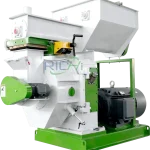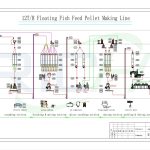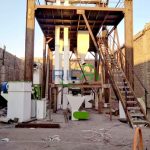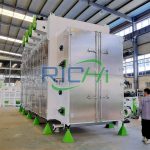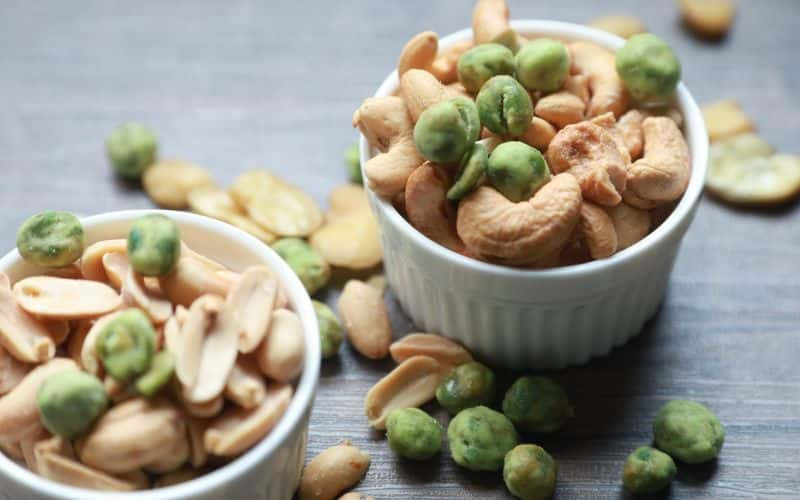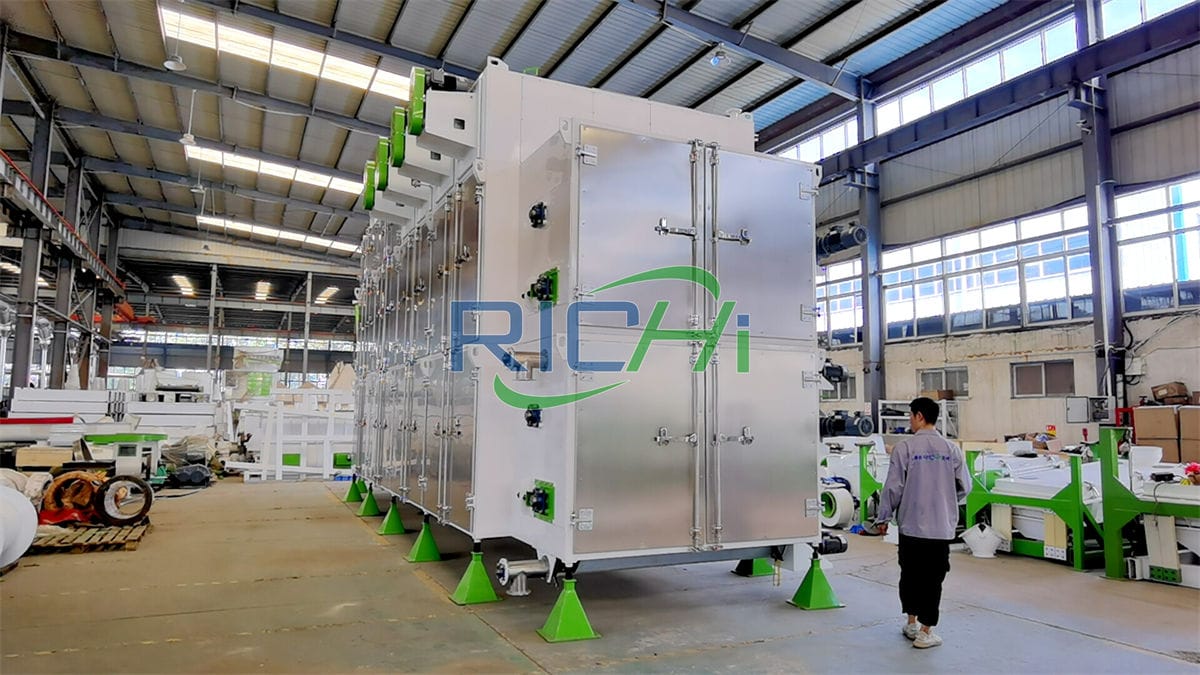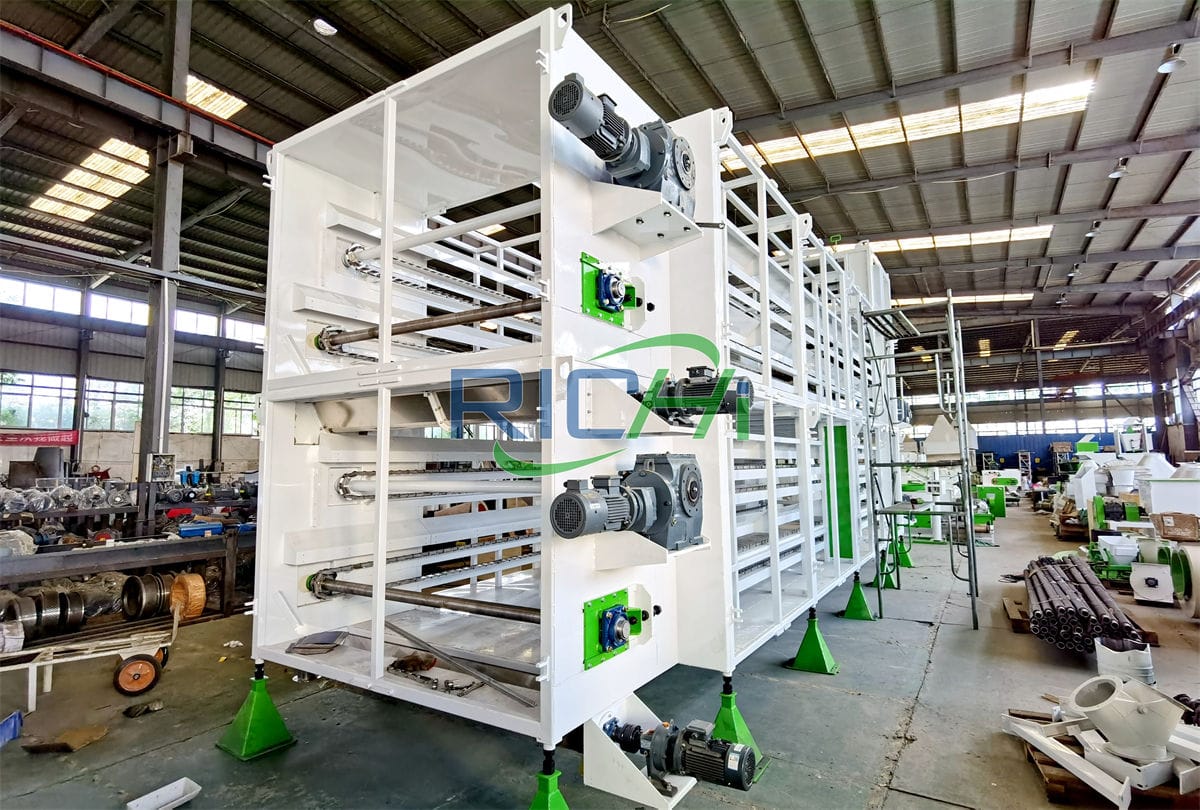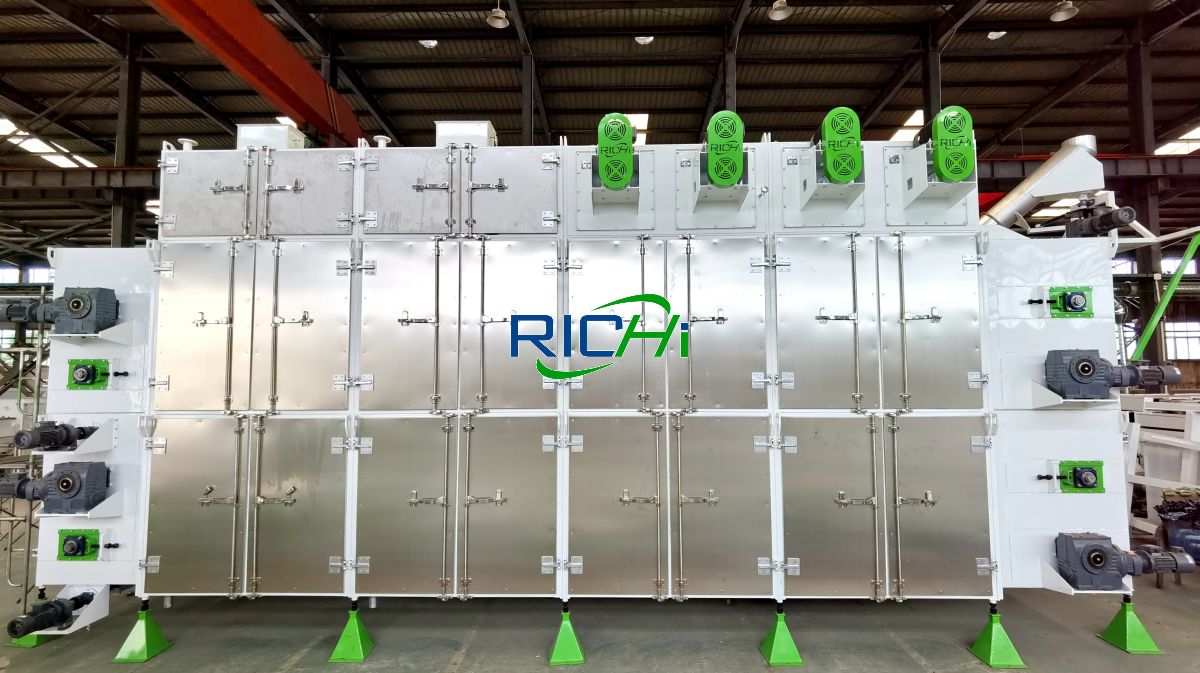Belt Dryer Machine is a continuous drying system used extensively in various industries to reduce moisture content in materials. This machine utilizes a conveyor belt to transport the product through different temperature zones, ensuring efficient and uniform drying. Its versatility makes it ideal for processing a wide range of materials, including food products, chemicals, biomass, and more.
Uses of Belt Dryer Machines
Belt dryer machines are pivotal in industries where precise moisture removal is critical to product quality. Key applications include:
- Food Industry: Drying of fruits, vegetables, herbs, and seafood to preserve flavor, color, and nutritional value.
- Chemical Industry: Drying chemicals to specific moisture levels for storage and application.
- Biomass Industry: Producing biofuels from dried agricultural and forest residues.
- Pharmaceutical Industry: Drying medicinal plants and granulated drugs to ensure stability and efficacy.
Industry Analysis with Specific Data
The global market for drying equipment, including belt dryer machines, is growing, driven by increasing demand in the food processing and pharmaceutical sectors. The adoption of these machines leads to significant improvements in product quality and operational efficiency, contributing to higher production rates and reduced energy consumption.
Classification and Working Principle
Belt dryer machines can be classified based on their heating source (e.g., electric, gas, steam) and configuration (single-stage or multi-stage). The core principle involves spreading the product evenly on a conveyor belt that passes through a series of controlled heating zones. Heat transfer occurs via conduction, convection, or radiation, facilitating moisture evaporation without overheating the product.
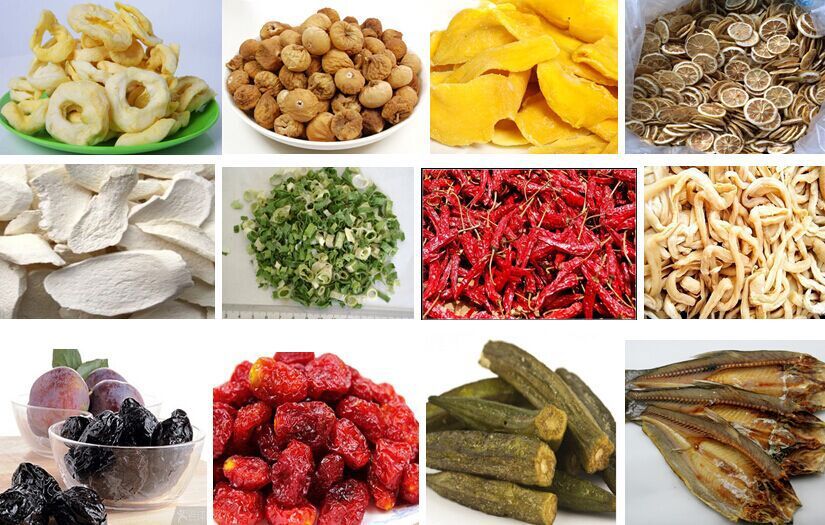
Process Flow
The process typically involves:
- Feeding: The wet material is evenly distributed on the conveyor belt.
- Drying: The material passes through various heating zones, where moisture is evaporated.
- Discharge: The dried product is collected at the end of the conveyor for further processing or packaging.
Choosing the Right Belt Dryer Machine
Selecting the appropriate belt dryer depends on several factors, including material type, desired drying rate, and quality requirements. For example, drying delicate food items like herbs may require a low-temperature dryer with gentle handling, whereas biomass for biofuel production might use a high-capacity, high-temperature dryer.
Selecting a Supplier: The Role of Richi Machinery
When selecting a supplier for belt dryer machines, it’s crucial to consider expertise, customization capability, and support services. Richi Machinery, a prominent pellet machinery manufacturer in Henan, China, stands out for its ability to offer customized pellet production lines, including belt dryers tailored to specific industry needs. They provide:
- Customized Solutions: Designing belt dryer systems that fit the customer’s production volume, space constraints, and material characteristics.
- Turnkey Projects: Offering comprehensive services from design to installation and commissioning, ensuring a seamless setup.
- After-Sales Support: Ensuring customers receive ongoing maintenance, parts, and service to maximize equipment lifespan and efficiency.
Richi Machinery’s commitment to customization and customer support makes them a preferred supplier in the drying technology sector.
Practical Application Value
Implementing a belt dryer machine can transform production processes by enhancing product quality, reducing energy consumption, and increasing throughput. This technology supports sustainability efforts by enabling the efficient use of biomass and reducing waste in the food industry, demonstrating significant environmental and economic benefits.
FAQs About Belt Dryer Machines
Modern belt dryer machines are designed with energy efficiency in mind, incorporating advanced heat recovery systems and optimized airflow designs to minimize energy consumption.
While belt dryers are versatile, drying different materials simultaneously requires careful consideration of temperature and airflow settings to ensure uniform drying without cross-contamination.
Regular maintenance includes cleaning the conveyor belt, inspecting heating elements, and checking airflow systems to ensure optimal performance and prevent downtime.
By providing gentle and uniform drying, belt dryers can maintain the integrity, color, and nutritional value of products, enhancing overall quality and shelf life.
In conclusion, the belt dryer machine is a crucial component in modern production lines, offering versatility, efficiency, and quality improvement across a range of industries. By partnering with a knowledgeable and experienced supplier like Richi Machinery, businesses can leverage customized drying solutions to meet their unique needs, driving productivity and sustainability in their operations.

